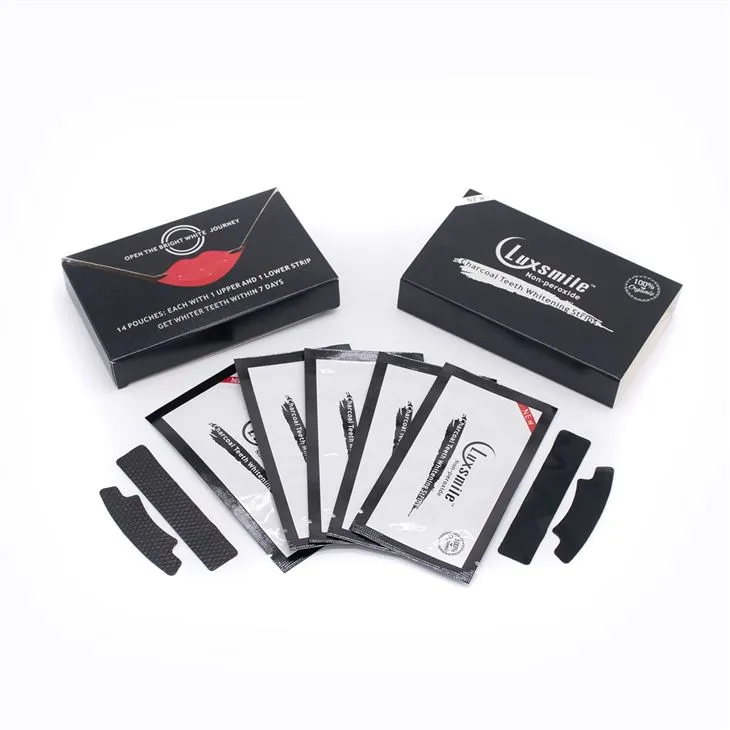Understanding Whitening Strips
Whitening strips have revolutionized the way people approach teeth whitening, offering a convenient and accessible method to achieve a brighter smile. These thin, flexible strips are coated with a whitening agent, typically hydrogen peroxide or carbamide peroxide, designed to adhere directly to the teeth. They’ve gained immense popularity due to their ease of use and effectiveness in gradually lightening the shade of your teeth. Unlike in-office treatments or custom trays, whitening strips provide a straightforward at-home solution, making them a staple in many people’s oral care routines. The fundamental principle behind whitening strips lies in their ability to penetrate the enamel and break down the stains and discoloration that accumulate over time.
How Whitening Strips Work
Whitening strips work by utilizing a chemical process to lift stains from your teeth. The active ingredient, usually hydrogen peroxide or carbamide peroxide, is a bleaching agent that penetrates the enamel. As the bleaching agent comes into contact with the stained molecules, it initiates an oxidation process, breaking down these molecules into smaller, less noticeable components. This process effectively reduces the appearance of stains, resulting in a noticeably brighter smile. The effectiveness can vary depending on the concentration of the whitening agent, the duration of application, and the individual’s tooth structure and the type of stains present. Regular use, according to the product instructions, is essential for achieving the desired results.
The Science Behind Teeth Whitening
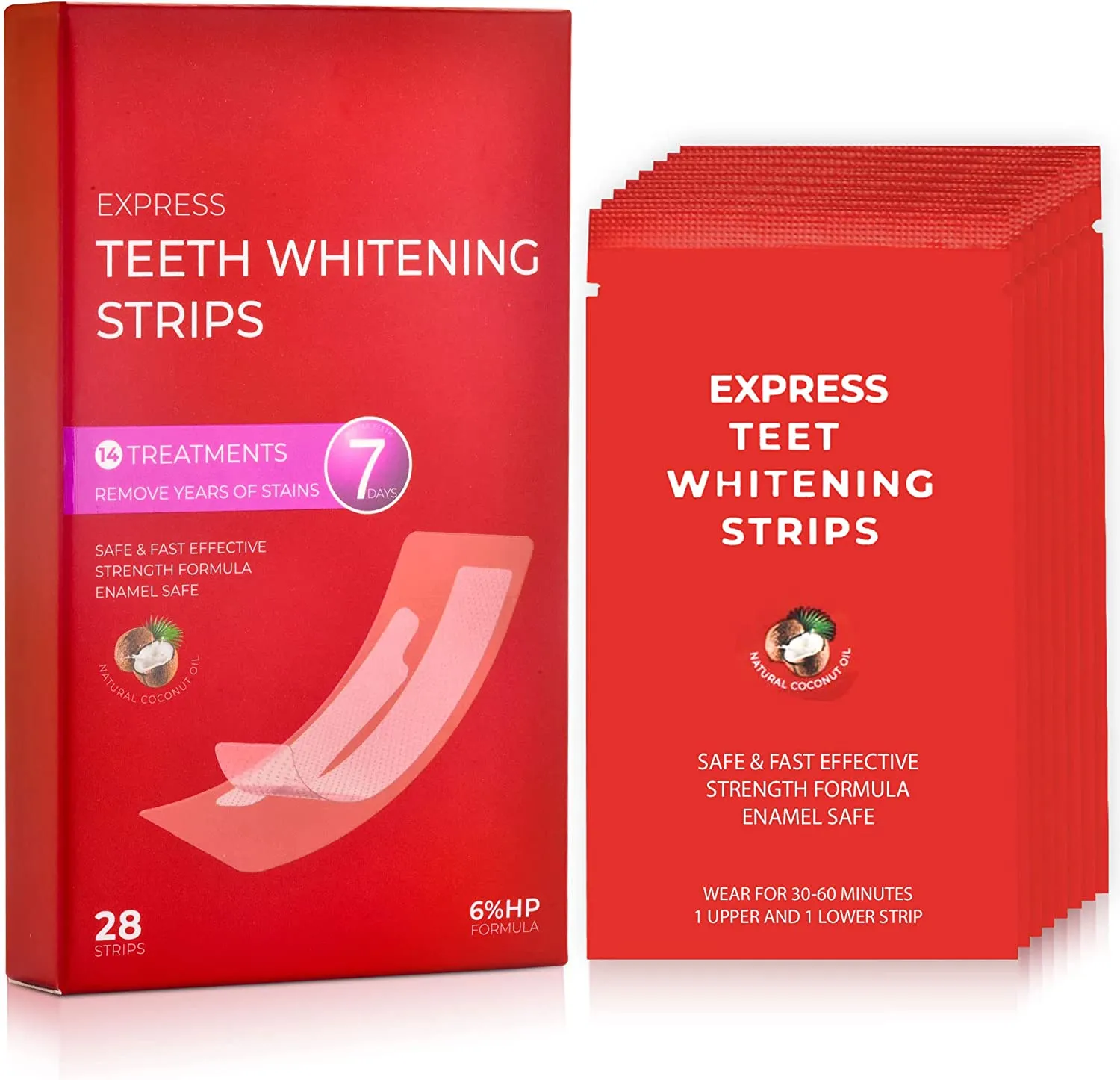
The science behind teeth whitening revolves around the chemical reaction that occurs when the whitening agent interacts with the stains on your teeth. Enamel, the hard outer layer of your teeth, is porous, and over time, stains from food, drinks (like coffee and red wine), and tobacco products can accumulate within these pores. Hydrogen peroxide and carbamide peroxide are oxidizing agents that release oxygen molecules, which then penetrate the enamel. These oxygen molecules break down the stain molecules, which is how teeth become lighter. The effectiveness depends on factors like the concentration of the peroxide, the application time, and individual variations in tooth enamel. Understanding the science helps to appreciate the process of whitening and manage expectations regarding results.
Types of Whitening Strips
The market offers a variety of whitening strips, each with unique features and intended uses. Understanding the different types can help you choose the most suitable product for your needs and preferences. Strips vary in terms of the concentration of the whitening agent, the duration of application, and the overall design. Some are designed for sensitive teeth, while others offer more potent whitening power. It’s important to consider your specific needs and preferences when selecting whitening strips. Researching different brands and products, and reading reviews from other users can help narrow down the options and make an informed decision.
Over-the-Counter Strips
Over-the-counter whitening strips are readily available at drugstores, supermarkets, and online retailers. They generally contain a lower concentration of the whitening agent compared to professional options, making them a safe option for most users without requiring a prescription. The application process is usually straightforward, involving adhering the strips to your teeth for a specified period, as indicated in the product instructions. While over-the-counter strips may produce a gradual whitening effect, they are often the first choice for those looking to enhance their smile in an accessible and affordable way. It’s important to follow the instructions provided by the manufacturer to avoid any adverse effects and achieve the desired results.
Professional Whitening Strips
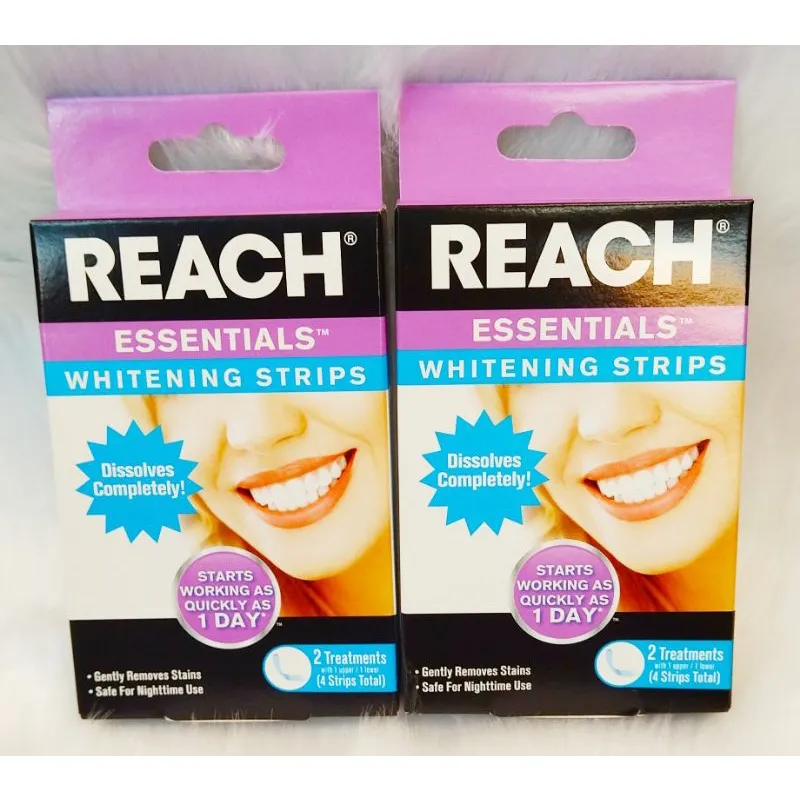
Professional whitening strips are often available through dental professionals. These strips typically contain a higher concentration of the whitening agent, which can yield faster and more dramatic results compared to over-the-counter options. They may be customized to your teeth’s shape and may also include additional agents to help reduce sensitivity. Using these types of strips usually involves a consultation with your dentist, who can assess your oral health and recommend a suitable treatment plan. While professional whitening strips may offer more significant whitening, they are also more expensive and may increase the risk of sensitivity. Always follow the instructions provided by your dentist or the product manufacturer to ensure proper use and minimize potential side effects.
Choosing the Right Whitening Strips
Selecting the right whitening strips involves considering several factors to ensure both effectiveness and safety. Your choice will depend on your individual needs, goals, and sensitivity levels. Understanding your teeth’s condition and potential sensitivities is a crucial starting point. Evaluating the whitening power of different products and comparing user reviews can help you make an informed decision. Ultimately, the best whitening strips for you will be those that offer the desired whitening results without causing excessive discomfort or harm. Consulting with a dental professional can provide personalized recommendations and help you avoid any potential risks associated with teeth whitening.
Consider Your Teeth Sensitivity
If you have sensitive teeth, it is very important to select whitening strips that are specifically designed for sensitive teeth. These strips typically contain a lower concentration of the active whitening agent, such as hydrogen peroxide, and may also include ingredients like potassium nitrate, which can help to reduce sensitivity. Always follow the product instructions and, if needed, consult with your dentist about possible solutions. Consider starting with a shorter application time to see how your teeth react. Avoiding triggers like very cold or hot foods during the whitening process might also help. Using a sensitive toothpaste could be an additional option to help manage any discomfort. Choosing the right strips and implementing these considerations can make the teeth whitening process more comfortable and effective for those with sensitive teeth.
Evaluate the Whitening Power
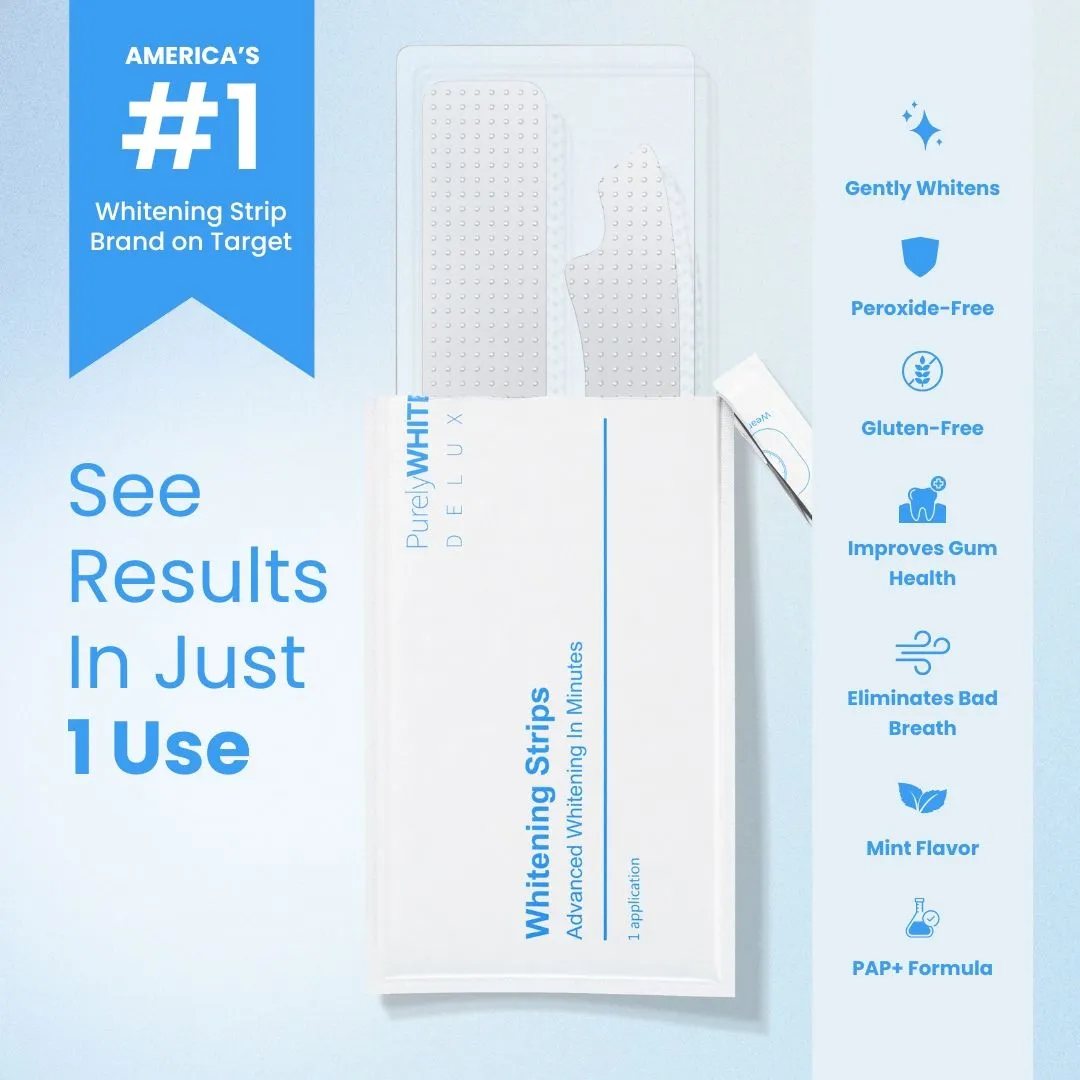
The whitening power of a strip often is determined by the concentration of the active ingredient, such as hydrogen peroxide or carbamide peroxide. Higher concentrations usually produce more rapid and noticeable results, but they may also increase the risk of sensitivity. When you select strips, evaluate how quickly and how strong you would like the whitening to happen. Start with products that have a lower concentration, and if you’re not satisfied with the results, you can graduate to a higher-concentration product. Read product descriptions carefully, and compare the numbers of shades the products claim to whiten your teeth. Consider checking reviews from other users to see how well the whitening strips have performed in terms of effectiveness. For those uncertain, the dentist can offer insights on the best whitening options based on individual needs and expected results.
Reading Product Reviews
Reading product reviews is a valuable step in choosing the right whitening strips. User reviews provide insights into the real-world experiences of others who have used the product. Reviews can help you assess the product’s effectiveness, the potential side effects, and the overall user experience. Look for reviews that are detailed, honest, and address your specific concerns, such as sensitivity or ease of use. Pay attention to both positive and negative reviews to get a balanced view of the product. Before purchasing, you may also cross-reference user reviews from multiple sources to confirm the product’s general reputation and make sure the reviews are genuine. This will help make an informed decision about which whitening strips are best for your specific needs.
Applying Whitening Strips Correctly
Correct application of whitening strips is crucial for achieving the best results and minimizing the risk of any potential side effects. Following the instructions provided by the manufacturer precisely ensures that the strips adhere correctly to your teeth and that the whitening agent works effectively. A careful application will prevent any irritation of the gums and prevent uneven whitening. Taking the time to apply the strips correctly can significantly impact the effectiveness of the treatment and help to keep your smile healthy. It’s a simple process, but one that makes a considerable difference in the results.
Step-by-Step Application Guide
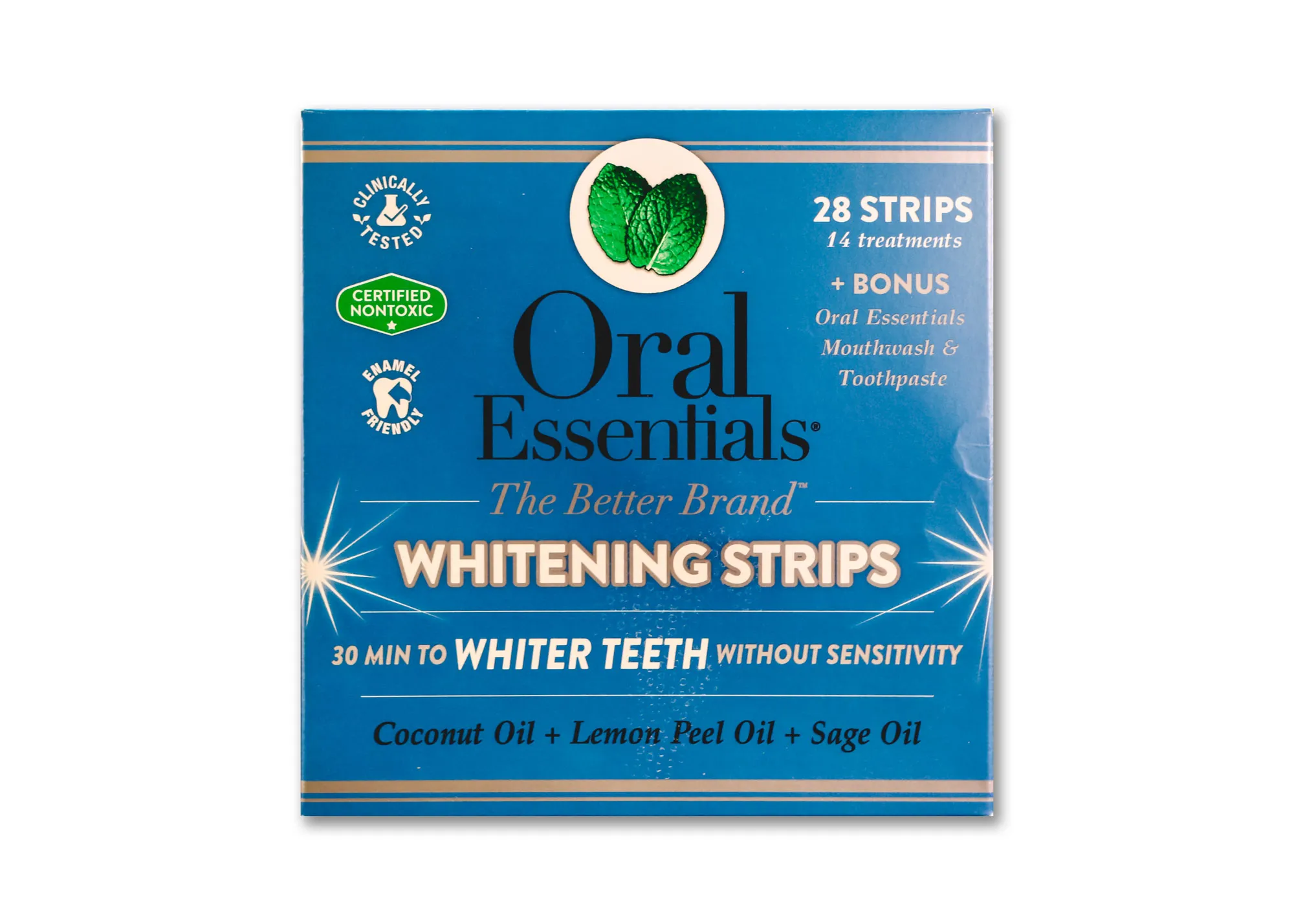
Here’s a general step-by-step guide to help you apply your whitening strips effectively. Begin by brushing your teeth gently to remove any surface debris. Rinse your mouth with water and dry your teeth with a clean cloth or paper towel to allow the strips to adhere better. Peel the strips from their backing and apply the longer strip to your upper teeth and the shorter strip to your lower teeth. Align the strips with your gumline and press gently to ensure proper contact with your teeth. Fold the excess strip behind your teeth to secure it in place. Leave the strips on for the recommended amount of time, usually between 30 minutes and an hour. Remove the strips, discard them, and rinse your mouth with water to remove any residual whitening agent.
Ensuring Proper Adhesion
Proper adhesion of the whitening strips is essential to ensure they work correctly and to prevent them from slipping or causing uneven whitening. Dry your teeth thoroughly with a clean cloth or paper towel before applying the strips. Make sure the strips are properly aligned along your gumline, ensuring they cover the surface of your teeth. Press the strips gently but firmly to ensure they stick completely to your teeth. Avoid touching the strips with your fingers more than necessary, as this can make them less sticky. Make sure to read the instructions provided by the manufacturer about how to properly apply and maintain the strips. By following these steps, you can make certain that the whitening agent has the best possible contact with your teeth.
Following the Recommended Time
Adhering to the recommended application time specified on the product packaging is important for getting the best results without increasing the risk of side effects. Exceeding the recommended time might not necessarily lead to enhanced whitening, but it could potentially increase your teeth’s sensitivity and/or irritate your gums. The application time is carefully tested by the manufacturer to maximize effectiveness and reduce the potential for adverse reactions. If you have any questions about the time, consult with your dentist, or, if the sensitivity increases, you can discontinue the treatment and talk to your dental care provider. Following the instructions accurately will lead to a safer and more effective teeth-whitening experience.
Maximizing Results and Avoiding Problems
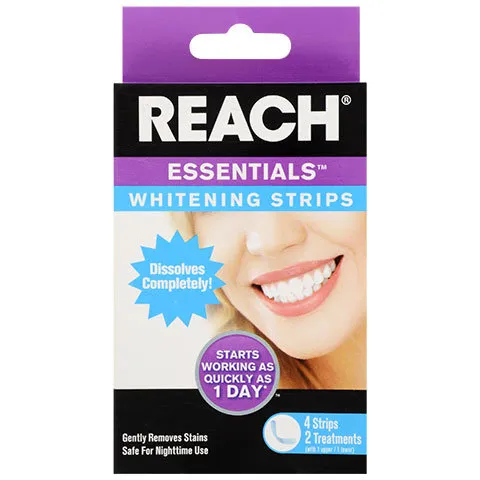
To get the best results and minimize potential problems when using whitening strips, it’s important to adopt some additional measures alongside proper application. By making adjustments to your diet, you can prevent staining from foods and drinks and extend the effects of your treatment. Understanding and addressing potential side effects is another aspect of responsible use, ensuring you maintain your oral health throughout the process. This combined approach will help you achieve a brighter smile safely and effectively.
Maintaining a Healthy Diet
Maintaining a diet low in staining foods and drinks is an important part of maximizing the results of your whitening treatments. Certain foods and beverages contain pigments that can stain your teeth, and eating them soon after the whitening treatment can diminish the effects. Minimize your consumption of coffee, tea, red wine, dark sodas, and highly pigmented fruits like berries. If you consume these, do it in moderation, and rinse your mouth with water immediately afterward. Consider incorporating foods known to promote oral health, such as crunchy vegetables and dairy products, as they help to remove debris and promote saliva production. Keeping a balanced and stain-conscious diet not only helps to keep your teeth white but also supports your overall oral health.
Avoiding Staining Foods and Drinks
To keep your newly whitened teeth bright and extend the effects of your whitening strips, you should avoid or limit staining foods and drinks. These include coffee, tea, red wine, and dark-colored sodas, which can stain your teeth. Highly pigmented foods like berries, soy sauce, and tomato-based sauces can also cause staining. Consider using a straw for beverages to prevent contact with your teeth. Rinse your mouth with water immediately after consuming staining foods or drinks. If possible, brush your teeth after eating or drinking anything with the potential to stain your teeth. Being aware of these dietary factors and making informed choices will help you keep your teeth brighter for longer.
Potential Side Effects and Solutions
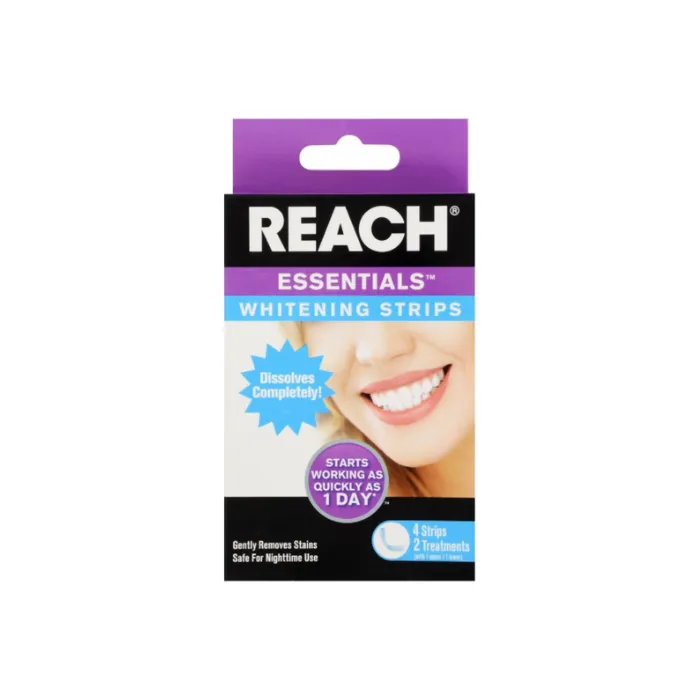
Though whitening strips are typically safe, some users may experience side effects such as temporary tooth sensitivity and gum irritation. Sensitivity is common, and usually decreases shortly after the treatment ends. Using a toothpaste designed for sensitive teeth, or avoiding extremely hot or cold foods and drinks can help. Gum irritation can happen if the whitening agent comes into contact with the gums. To avoid this, make sure the strips are properly placed on your teeth and not touching your gums. If you have any concerns about sensitivity or gum irritation, discontinue use and consult a dentist. Understanding these possible side effects and how to manage them will ensure a more comfortable and successful whitening experience.
Aftercare for Whitening Strips
Aftercare is just as important as the whitening treatment itself to ensure long-lasting results and to keep your teeth and gums healthy. Implementing a thorough oral hygiene routine and attending regular dental check-ups are essential components of maintaining your brightened smile. With proper aftercare, you can extend the benefits of whitening strips and prevent any potential issues. These maintenance practices are crucial not only for aesthetic reasons, but also for your overall oral health.
Oral Hygiene Routine
Maintaining a consistent and effective oral hygiene routine is vital for sustaining the results of your whitening treatment and for overall oral health. This involves brushing your teeth at least twice a day with fluoride toothpaste, which removes plaque and food particles. Flossing daily is also essential, as it removes plaque and food particles from between your teeth and prevents gum disease. Using mouthwash can further help by reducing plaque and bacteria, and freshening your breath. Regular brushing and flossing will keep your teeth clean, your gums healthy, and your breath fresh. Combined with regular dental visits, this routine forms the basis of a healthy, bright smile.
Regular Dental Check-ups
Regular dental check-ups are essential for maintaining oral health and maximizing the results of any teeth-whitening procedure. During these check-ups, your dentist can evaluate your oral health, detect any potential problems early, and provide professional cleanings to remove plaque and tartar buildup. Your dentist can also assess the effectiveness of your whitening treatment and offer recommendations for aftercare and maintenance. Regular visits will allow your dentist to address any concerns, perform necessary treatments, and help you maintain a healthy and bright smile. Scheduling regular dental check-ups will ensure your teeth stay in optimal condition.
Whitening Strips Alternatives
While whitening strips are a popular option for teeth whitening, other alternatives may be more suitable or effective depending on your specific needs. Understanding these options will allow you to make an informed decision about the best approach to achieve a brighter smile. These alternatives vary in terms of their application, the degree of whitening they provide, and their overall cost. Exploring these options may reveal a better method for your individual requirements. It’s important to research and discuss these with your dentist to choose what best meets your needs and dental health goals.
Teeth Whitening Options
Besides whitening strips, many other options are available for teeth whitening. Professional teeth whitening procedures, done by a dentist, involve the application of stronger bleaching agents and can provide more significant results in a shorter time. Custom-fitted whitening trays, provided by your dentist, allow you to apply a whitening gel at home under professional guidance. Over-the-counter whitening toothpastes and mouthwashes also offer a gentler method of removing surface stains and brightening your teeth. The best choice depends on your individual circumstances, your budget, the level of whitening you hope to achieve, and any sensitivity issues. Discussing your options with your dentist will help you to choose the most appropriate and effective teeth-whitening solution.
